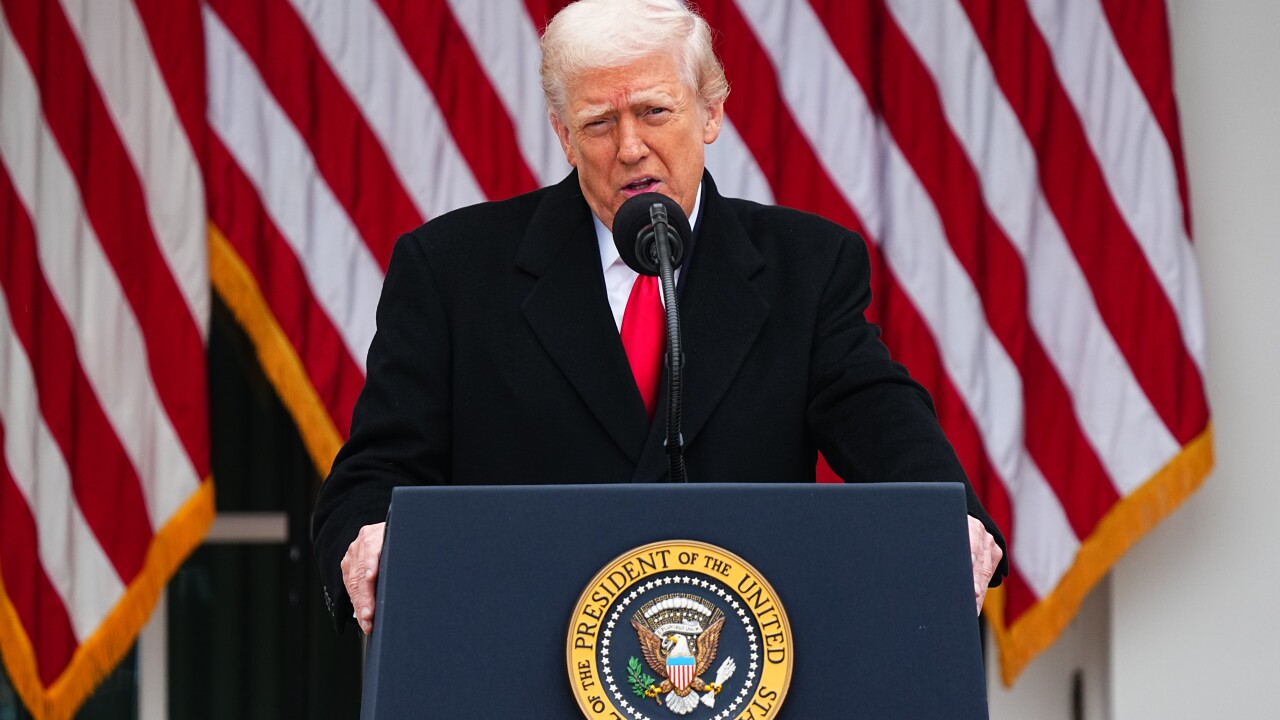Microsoft is converting a group of subcontracted temps into unionized employees, bucking an industry trend and expanding organized labor's new foothold at the software giant.
In January, Microsoft agreed for the first time to collectively bargain with a labor union: ZeniMax Workers United, an affiliate of the Communications Workers of America that represented some 300 quality assurance workers at a Microsoft-owned video game studio. Union contract negotiations have been underway since April, according to CWA.
As part of those talks, Microsoft recently agreed that a group of 77 contract staff doing similar work would become employees represented by the union. Previously these people had technically been employed by the staffing agency TCWGlobal.
Some of the contract staffers' roles were being terminated this fall, CWA said. Instead, 23 of them will get permanent full-time Microsoft jobs, with a 22% pay increase. The rest will get temporary positions as Microsoft employees, $2.75-an-hour raises and paid sick days and holidays. They will also receive copies of the Starfield video game they worked on, a perk previously denied to contract workers.
The union said it will continue trying to secure additional permanent jobs for Microsoft's contract workforce.
"It's made it possible to give a lot of great benefits to a lot of great people and this is a great opportunity for people who normally would feel like they don't have a voice," said Aubrey Litchfield, a member of ZeniMax's organizing committee. The union informed Microsoft last summer that most of the contract staff had agreed to join it.
Microsoft confirmed that, "after discussions with CWA," it is converting some contract staff to employees. "We look forward to continued good faith negotiations as we work towards a collective bargaining agreement," Microsoft Vice President Amy Pannoni said in an emailed statement.
Read more:
CWA's activism also
More broadly, U.S. companies have moved in the other direction. They've increasingly relied on workers who aren't considered employees, including those who are franchised, subcontracted or deemed independent contractors. The approach can mean fewer costs and liabilities for management and lesser rights and benefits for workers.
Over the years, Microsoft has had a fraught relationship with contract workers. In 2000, the company agreed to pay $97 million to settle a class action brought by workers who called themselves "permatemps" and alleged they were wrongly excluded from employee benefits.
In 2016, a group of sub-contracted bug testers filed a complaint with the National Labor Relations Board accusing Microsoft of eliminating their positions after they unionized and negotiated a contract with their staffing agency. Microsoft denied wrongdoing, and the workers eventually settled with the agency.
Read more:
More recently, Microsoft has set itself apart from many peers by announcing a friendlier approach to union organizing. In 2022, as it sought regulatory approval to buy Activision Blizzard, it announced a new set of principles including a commitment to "collaborative approaches that will make it simpler" for workers to choose whether to unionize.
The company also entered an agreement with CWA on more specific terms that would ease unionizing certain staff and, when ZeniMax workers sought to unionize, stayed neutral rather than opposing their efforts.






